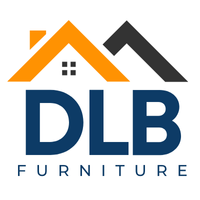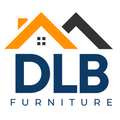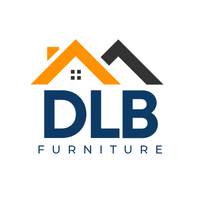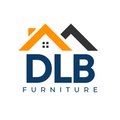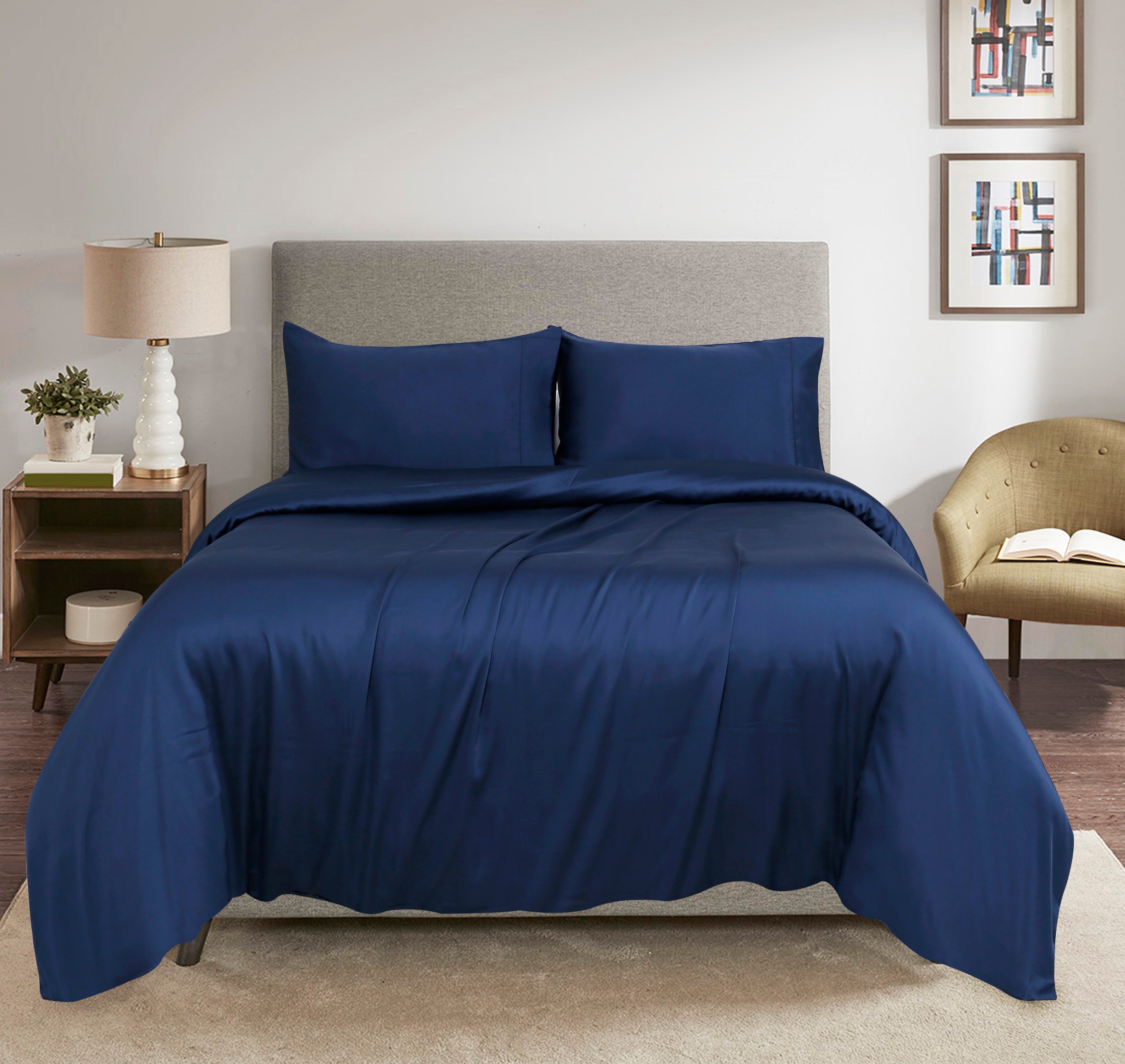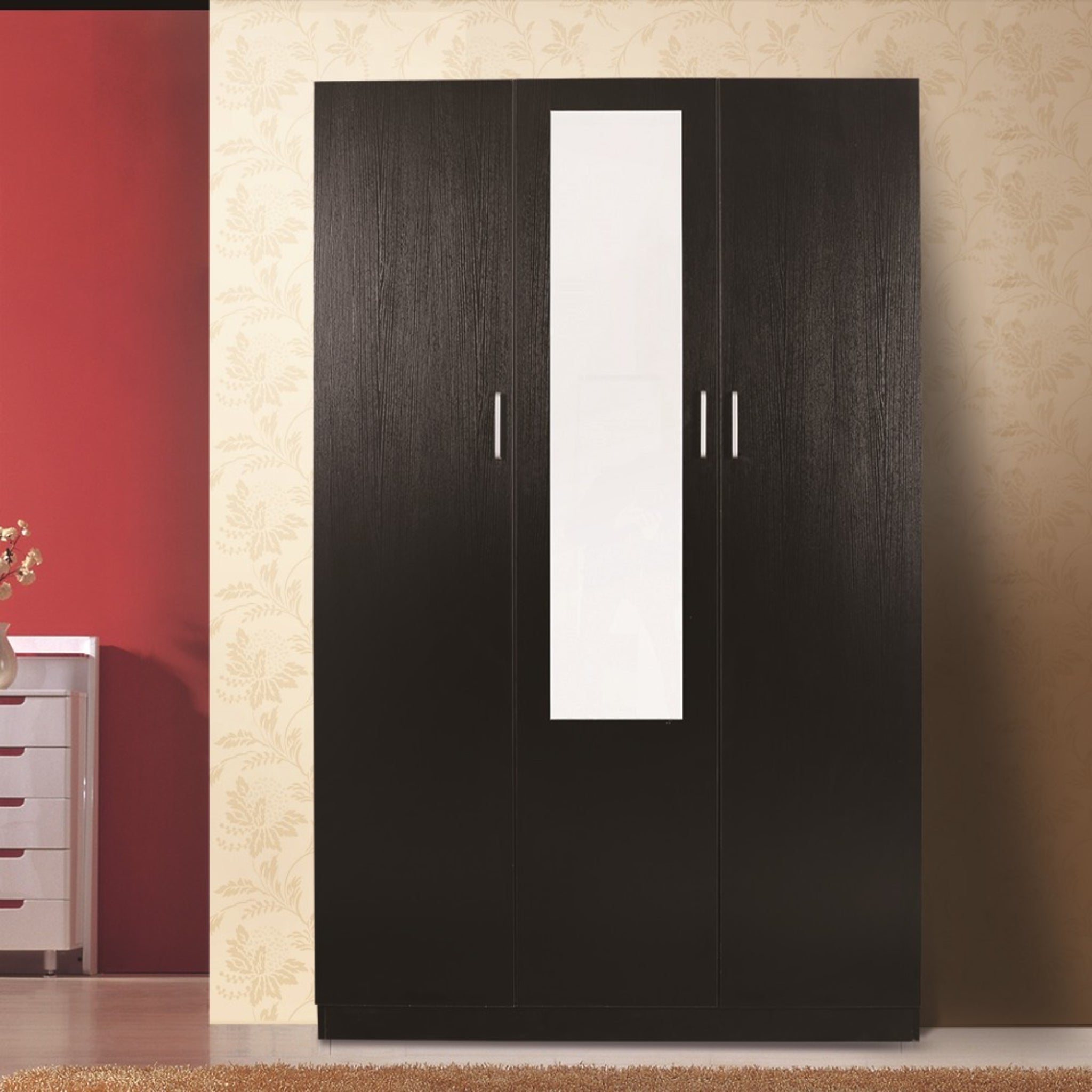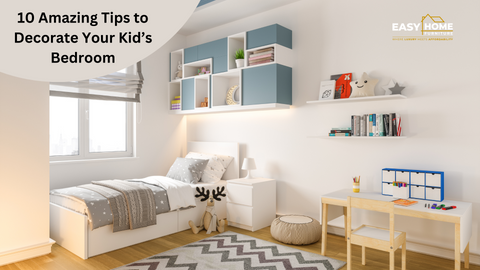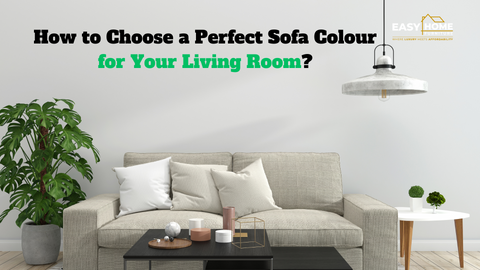Which Is the Best Material for Sofas? - Leather, Fabric, or Velvet. Are you on the hunt for a new sofa but uncertain about the material that suits your needs? Selecting between leather, fabric, and velvet can feel like a challenging task. After all, a sofa is more than just a seating arrangement; it's a central piece in your home where you'll spend countless hours unwinding, socializing, and creating memories. The material you choose will affect the look, feel, and longevity of your sofa, and with so many options out there, it’s important to choose wisely. In this guide, we’ll help you navigate the unique qualities of leather, fabric, and velvet sofas so you can make an informed decision. Ready to find the ideal fit for your home? Let’s dive in!
Understanding Leather Sofas
Leather sofas are celebrated for their timeless appeal, durability, and luxurious look, making them a popular choice. But not all leather is the same—there are various types, each with its unique qualities and appearance. Here’s a breakdown of the most common types of leather you’ll encounter when choosing a sofa.
Full-Grain Leather
Full-grain leather is the highest-quality leather available and is considered the most durable and authentic. This leather type is made from the outermost layer of the animal hide, preserving its natural grain and markings, giving it an unmistakably unique character. As it ages, full-grain leather develops a beautiful patina—a soft sheen that deepens over time, adding to its beauty and character. Its strong, durable nature ensures it withstands years of use, making it a great choice for those seeking a long-lasting sofa with a distinctive look.
Top-Grain Leather
Top-grain leather is also crafted from the top layer of the hide, but it’s sanded and buffed to remove imperfections. This results in a smoother surface that’s both soft to the touch and visually appealing. Although it lacks some of the natural marks and character of full-grain leather, it still offers excellent durability and a luxurious feel. Top-grain leather strikes a balance between aesthetics and durability, making it a popular choice for many homeowners.
Bonded Leather
Bonded leather is made by bonding together scraps of leather with synthetic materials, like polyurethane or latex, which are then pressed into a leather-like material. While bonded leather offers a similar look to real leather, it’s less durable and lacks the luxurious feel of full-grain or top-grain options. Bonded leather is more affordable, which makes it a practical choice for those on a budget, but keep in mind that it may show signs of wear sooner than higher-quality leathers.
Faux Leather
Faux leather, also known as synthetic leather or leatherette, is created using materials like polyurethane or vinyl, imitating the look of genuine leather at a fraction of the cost. It’s an excellent option for those who want the appearance of leather without the price tag or maintenance needs. Faux leather is easy to clean and maintain, though it may lack the same durability and aging process as natural leather, which develops character over time.

Pros and Cons of Leather Sofas
|
Leather Sofas |
Pros |
Cons |
|
Luxurious Appearance |
Leather sofas add a sophisticated and elegant vibe to any space, enhancing its appeal. |
High Cost: Genuine leather sofas are usually more expensive compared to fabric or faux leather. |
|
Durability |
Known for its durability, leather can last many years without significant wear or tear. |
Maintenance: Leather requires regular conditioning and cleaning to maintain its quality. |
|
Timeless Appeal |
Leather furniture has a classic look that rarely goes out of style, making it a timeless choice. |
Susceptible to Damage: Leather can scratch, cut, or stain if not properly cared for. |
|
Comfortable Feel |
Offers a comfortable, body-molding seating experience that gets softer over time. |
Temperature Sensitivity: Leather can feel cold in winter and warm in summer, adjusting to room temp. |
|
Hypoallergenic |
Resistant to dust mites and pet dander, making it a good choice for allergy sufferers. |
Limited Color Options: Leather sofas typically come in fewer colors compared to fabric options. |
Exploring Fabric Sofas
Fabric sofas offer an impressive range of textures, colors, and patterns, making them one of the most versatile options for any decor style. Different types of fabric cater to different needs, whether you’re looking for a casual, durable, or elegant option.
Cotton
Cotton is one of the most popular sofa fabrics due to its softness, breathability, and comfort. It’s available in various textures and can come in many colors and patterns, providing lots of flexibility in design. While cotton is durable, it may fade or wrinkle with regular use and exposure to sunlight. However, with proper care, it can retain its appearance for years, making it a great option for many households.
Linen
Linen is known for its airy, natural look and feel, ideal for hot and humid climates due to its breathable nature. Linen’s relaxed, casual elegance makes it a beautiful choice for a cozy living space. However, linen can wrinkle easily and requires more upkeep than some other fabrics, making it a better fit for lower-traffic areas or homes without young children or pets.
Polyester
Polyester is prized for its durability, affordability, and low-maintenance nature. It’s resistant to wrinkles and can handle regular use without much wear and tear. Polyester sofas are available in many colors and patterns and are often blended with natural fibers for added texture and durability. Though it lacks the softness of cotton or linen, polyester is practical for homes with high-traffic or families.

Advantages and Disadvantages of Fabric Sofas
|
Fabric Sofas |
Advantages |
Disadvantages |
|
Variety of Options |
Available in a wide range of colors, patterns, and textures for greater customization and style options. |
Susceptible to Stains: Fabric is prone to stains and spills, requiring regular cleaning. |
|
Comfortable Feel |
Fabric offers a cozy and inviting seating experience with softer cushions than leather. |
Wear and Tear: Fabric may wear out faster, especially in high-use areas, affecting longevity. |
|
Affordable Options |
Generally more budget-friendly than leather, making it a good choice for cost-conscious buyers. |
Fading: Fabric can fade over time due to prolonged sunlight exposure, impacting appearance. |
|
Versatility |
Fabric sofas can be reupholstered or updated with slipcovers for a refreshed look over time. |
Allergen Accumulation: Fabric can trap dust mites, pet dander, and other allergens. |
|
Cozy and Inviting |
Provides a warmer, softer feel compared to leather, creating a comfortable spot to relax. |
Pet-Friendly Challenges: Fabric may be susceptible to scratches or damage from pets' claws. |
Durability and Longevity
Leather sofas are highly valued for their impressive durability and long lifespan. This resilient material can handle years of regular use with only minimal signs of wear, making it a favorite for those who want a sofa that lasts. Leather’s natural toughness helps it retain its shape and appearance over time. Fabric sofas, on the other hand, can also offer good durability, though this largely depends on the fabric's quality and how well it’s maintained. Regular care, like vacuuming and spot cleaning, can extend the life of fabric sofas. Velvet sofas, while generally less robust than leather or high-quality fabric, can still offer reasonable longevity when given proper care. However, the delicate nature of velvet means it requires more careful cleaning to keep its luxurious look intact.
Comfort and Softness
Leather sofas are often admired for their blend of luxury and comfort, providing a smooth and soft seating experience that feels elegant and welcoming. The natural qualities of leather allow it to mold to the body, creating a supportive, relaxing feel. Fabric sofas, however, offer a broader range of comfort options, from plush and cozy to firm, depending on the type of fabric used. The texture and weave of fabric also play a significant role in how soft and comfortable the sofa feels. Velvet sofas, known for their incredibly soft, inviting surface, provide a uniquely cozy and luxurious seating experience. The rich pile of velvet creates an indulgent feel that adds a touch of glamour, making it a standout choice for comfort.
Cleaning and Maintenance
Leather sofas are relatively simple to clean and maintain, often only needing a quick wipe with a damp cloth and occasional conditioning to preserve their quality. The smooth surface of leather helps resist stains and spills, making it a practical, low-maintenance choice for busy households. Fabric sofas, by contrast, can be trickier to keep clean, often requiring regular vacuuming, spot cleaning, and, at times, professional upholstery cleaning. Fabric tends to absorb dirt, oils, and other contaminants more easily, which may require more care to keep it looking fresh. Velvet sofas, being more delicate, demand specialized cleaning to prevent damage. Gentle brushing or professional cleaning is often necessary for velvet, as its soft nap can be easily disturbed, meaning extra care is essential for maintaining its plush appearance.

Which Material Is Best for Your Sofa?
When choosing the best material for a sofa, it's important to consider your lifestyle, budget, and personal style. Start by weighing the pros and cons of each material based on factors like durability, comfort, maintenance needs, and visual appeal. If you're looking for a lasting, elegant choice, leather may be your best bet. Fabric sofas offer flexibility and a wide range of styles for those who enjoy changing up their decor. For a plush and luxurious feel, velvet can provide an exceptionally soft seating experience. Ultimately, your choice should reflect your personal taste and the ambiance you want to create in your home.
For quality sofas in Australia that match your preferences, get in touch with Easy Home Furniture. Visit our website today and find the perfect piece to enhance your living space with comfort and style!
FAQs
What are the benefits of leather sofas?
Leather sofas are known for their durability, easy maintenance, and classic style. They resist stains and spills better than fabric or velvet options, making them a long-lasting choice.
What are the downsides of leather sofas?
Leather sofas can be more costly and may lack the plush comfort of fabric or velvet. They can also be prone to scratches and require special care to maintain their appearance.
What are the benefits of fabric sofas?
Fabric sofas offer a vast selection of colors and patterns, making it easy to find one that suits your decor. They are generally softer and more affordable than leather or velvet options.
What are the downsides of fabric sofas?
Fabric sofas can be harder to keep clean compared to leather or velvet and may not be as durable. They are also more likely to stain or fade with time.
